Elderberries Not Fruiting – How To Get Elderberry Fruit


No berries on elderberry? This handsome shrub generally produces an abundance of flavorful berries without a lot of effort on your part. There may be a simple explanation if your elderberries have no fruit.
Read on for a helpful tips and simple fixes that may resolve the problem of elderberries not fruiting.
Flowers But No Berries On Elderberry: Pollination
If there are plenty of blooms but no berries, the problem is probably lack of pollination. Elderberries are partially self-fruiting, which means they may set fruit, although not in abundance.
To improve pollination, make sure there are at least two elderberry plants located within 50 to 60 feet (15 to18 m.). Two or more shrubs planted in relatively close proximity generally produce a good crop.
Other ways to improve pollination include:
• Avoid use of insecticides. They kill the pests, but they also kill bees and other pollinators.
• Water the shrub at ground level. Wet foliage may discourage pollinators.
Gardening tips, videos, info and more delivered right to your inbox!
Sign up for the Gardening Know How newsletter today and receive a free copy of our e-book "How to Grow Delicious Tomatoes".
• Plant a diverse variety of bee-friendly plants nearby; native plants are especially beneficial.
No Berries On Elderberry: How To Get Elderberry Fruit
If elderberries have no blooms and no fruit, the following tips may help:
• Be patient if your plant is young. Elderberries generally don’t produce until they’re at least two or three years old.
• Is your climate right? Elderberries are generally suitable for growing in USDA plant hardiness zones 3 through 8. While the plants are very cold-hardy, they may not thrive south of zone 8.
• Prune elderberry plants in late winter or early spring, while the plant is still dormant. Ideally, choose a time after the danger of a hard freeze has passed, but before new growth emerges.
• A problem with fertilizer may be to blame when elderberries have no fruit. While elderberries need fertilizer (including nitrogen). However, too much high-nitrogen fertilizer can produce a big, lush plant with glorious leaves, but no blooms or fruits. If the plant is healthy and vigorous, cut the high-nitrogen fertilizer by at least half, or skip it entirely.

A Credentialed Garden Writer, Mary H. Dyer was with Gardening Know How in the very beginning, publishing articles as early as 2007.
-
 Try The Trend – Turn Any Bed Into A Keyhole Garden With This Clever In-Ground Composter
Try The Trend – Turn Any Bed Into A Keyhole Garden With This Clever In-Ground ComposterKeyhole gardening is an efficient and sustainable practice that saves space. Get started on this DIY project quickly and easily with an in-ground composter.
By Bonnie L. Grant
-
 4 Superfast Composting Methods: Turn Waste Into Garden Gold In 30 Days Or Less
4 Superfast Composting Methods: Turn Waste Into Garden Gold In 30 Days Or LessTry the fastest composting methods to turbocharge your pile and transform kitchen scraps and garden waste into finished compost in just a few weeks.
By Mary Ellen Ellis
-
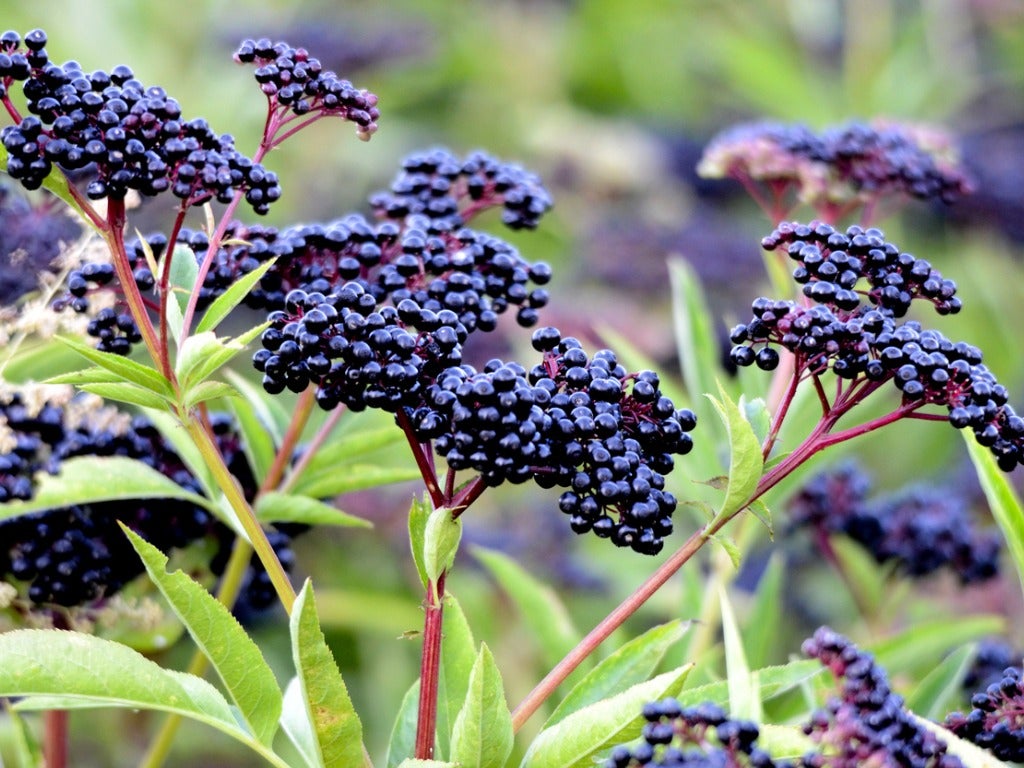 Germinating Elderberry Seeds – Elderberry Seed Growing Tips
Germinating Elderberry Seeds – Elderberry Seed Growing TipsIf you are cultivating elderberries for commercial or personal harvest, growing elderberry from seed may not be the most efficient way to go, however, it is possible. Click here to learn more.
By Teo Spengler
-
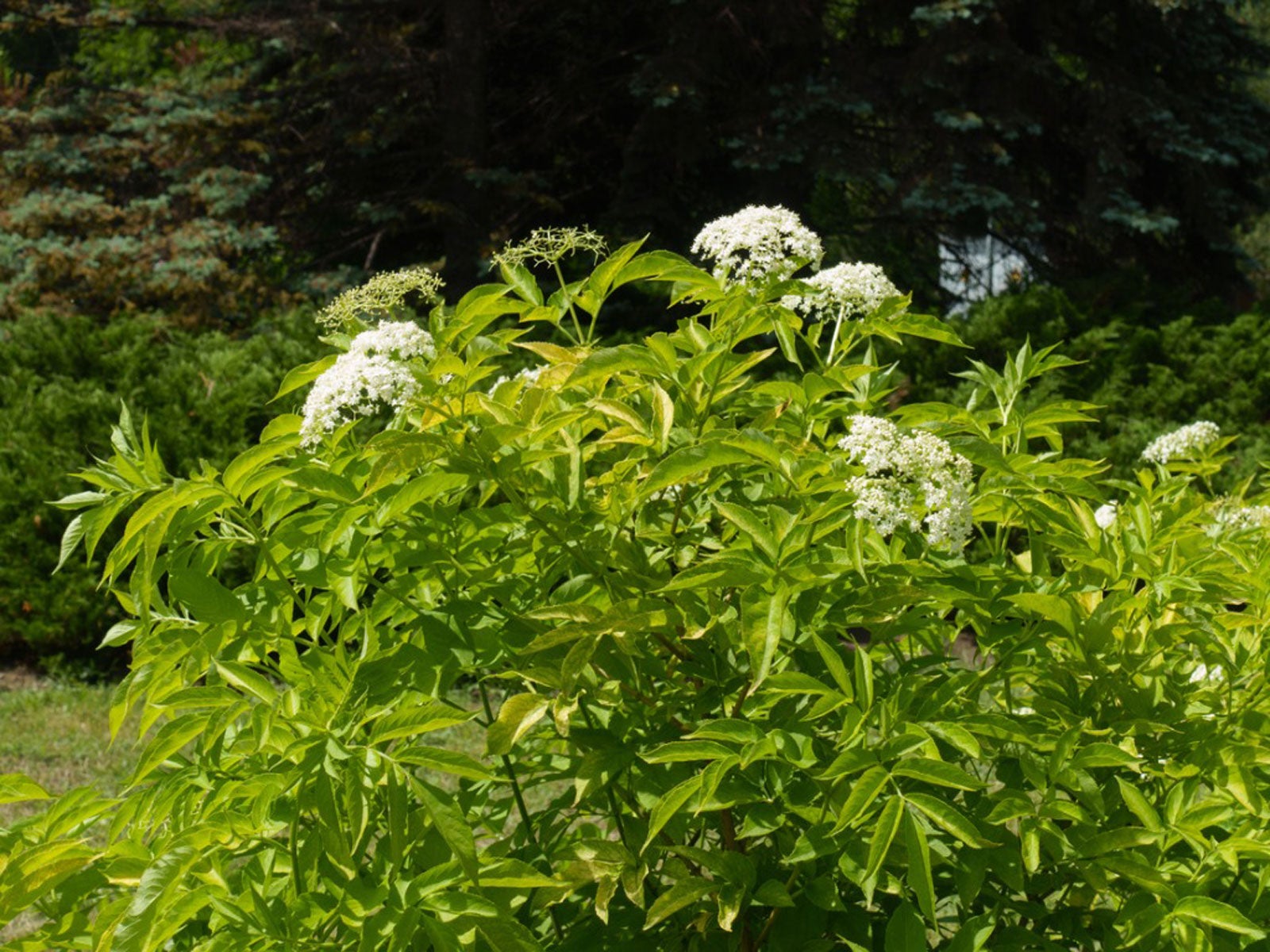 Transplanting Elderberries – How To Transplant Elderberry Bushes
Transplanting Elderberries – How To Transplant Elderberry BushesElderberry plants are attractive and productive. If you have a poorly sited shrub, moving an elderberry is not difficult. Get tips here.
By Teo Spengler
-
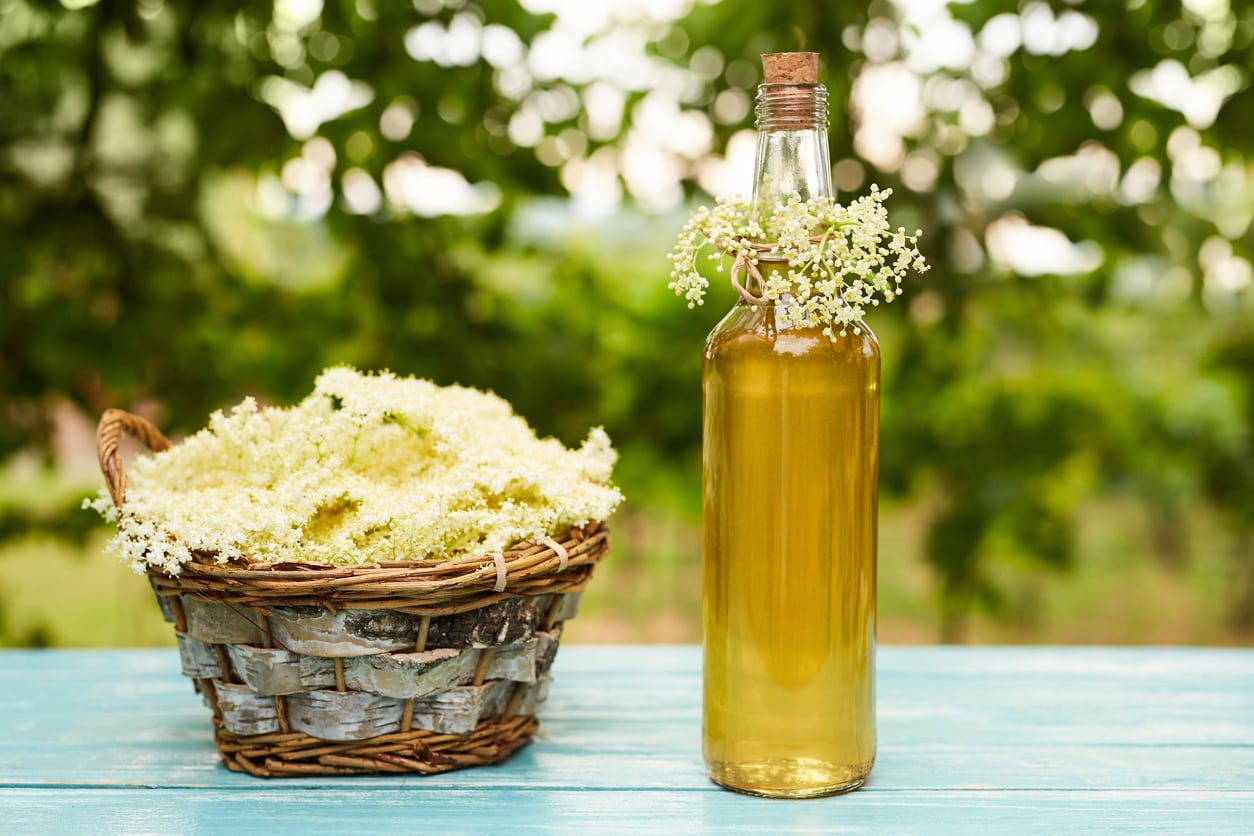 What To Do With Elderflowers: How To Use Elderflowers From The Garden
What To Do With Elderflowers: How To Use Elderflowers From The GardenMany gardeners and cooks know about elderberries, the small dark fruits that are especially popular in European cuisine. But before the berries come the flowers, which are tasty and useful in their own right. Click here to learn what to do with elderflowers.
By Liz Baessler
-
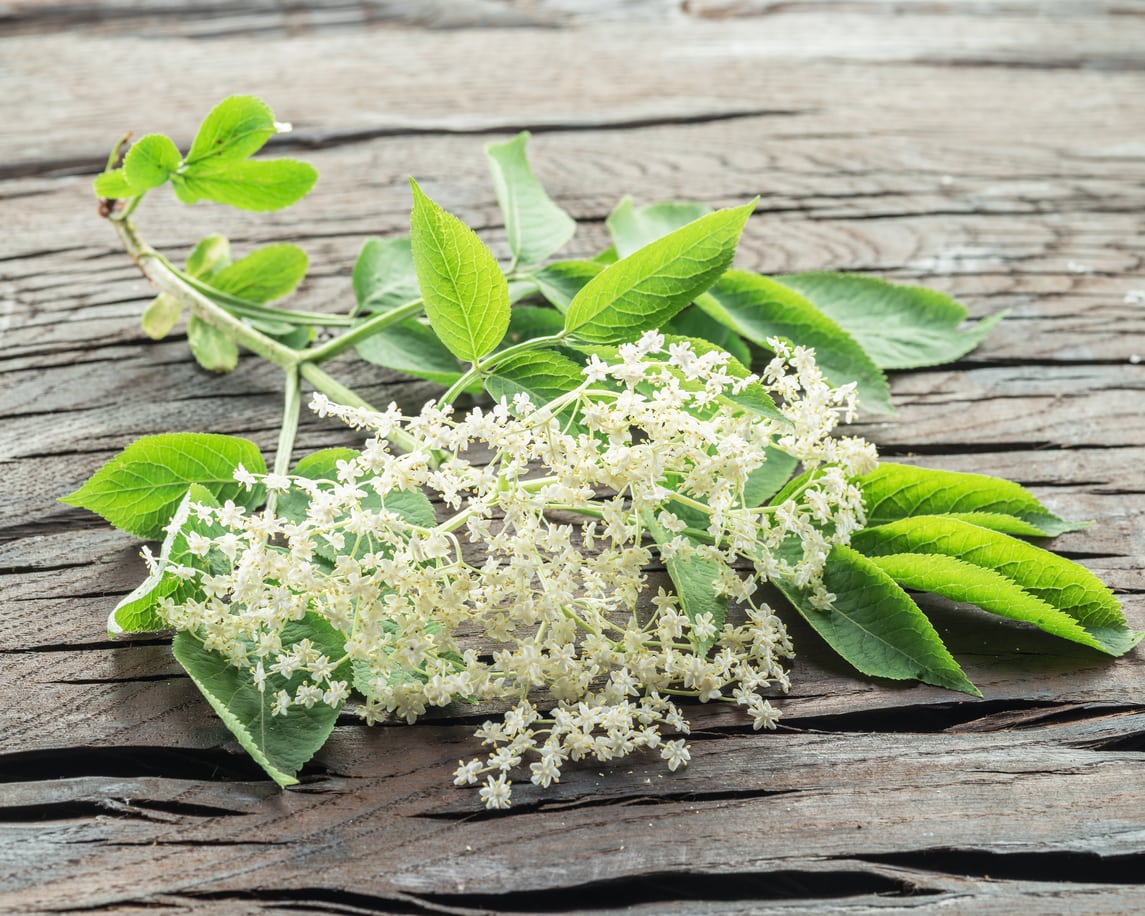 Elderberry Flowers – Growing Elderflowers In The Garden
Elderberry Flowers – Growing Elderflowers In The GardenElderberry is most well-known for its fruit, but you can also grow elderberries for their flowers. American elder is a fast-growing bush that will tolerate a variety of conditions and requires little care and maintenance. Learn more in this article.
By Mary Ellen Ellis
-
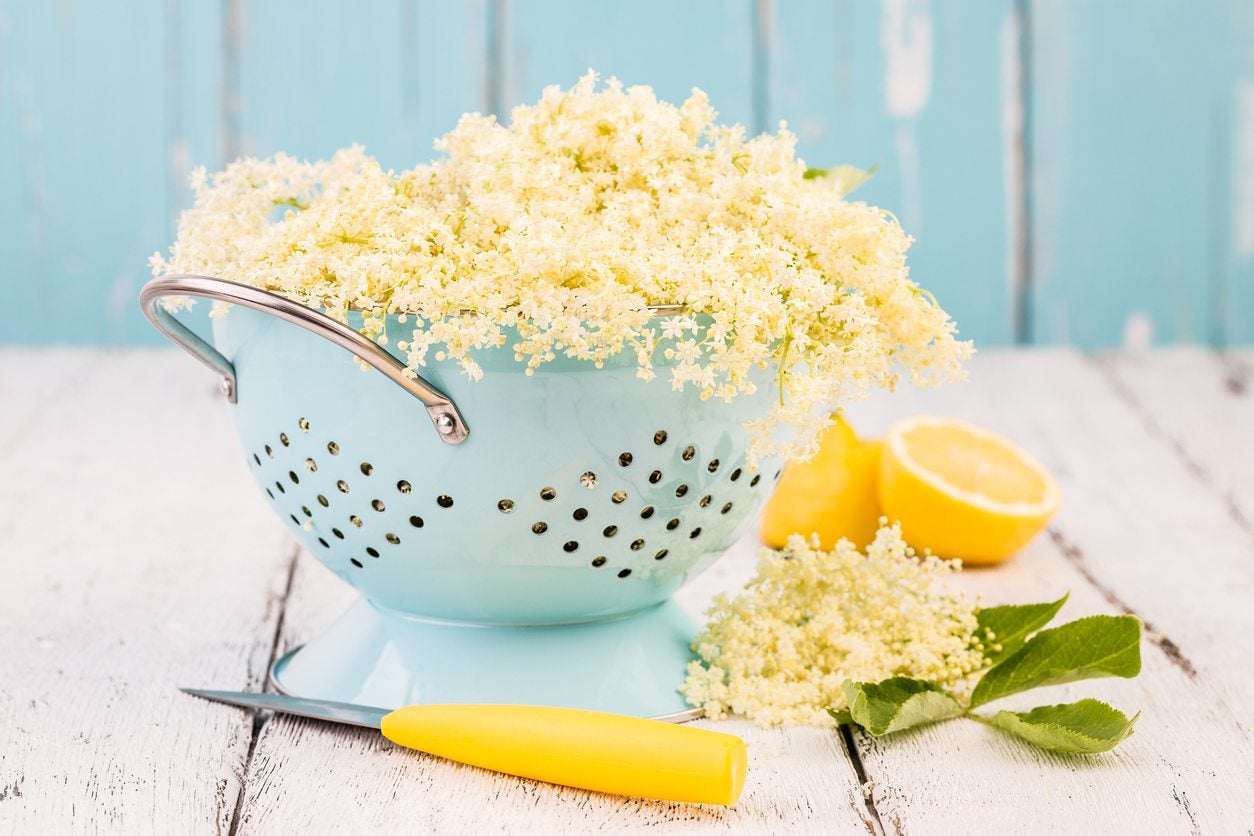 How To Harvest Elderflowers – Tips For Picking Elderflowers
How To Harvest Elderflowers – Tips For Picking ElderflowersElderflowers have a long tradition of use and colorful lore. They are most useful in herbal concoctions during flu and cold season. Picking elderflowers when in season and drying them is an excellent way to preserve them for fall and winter sick days. This article will help.
By Bonnie L. Grant
-
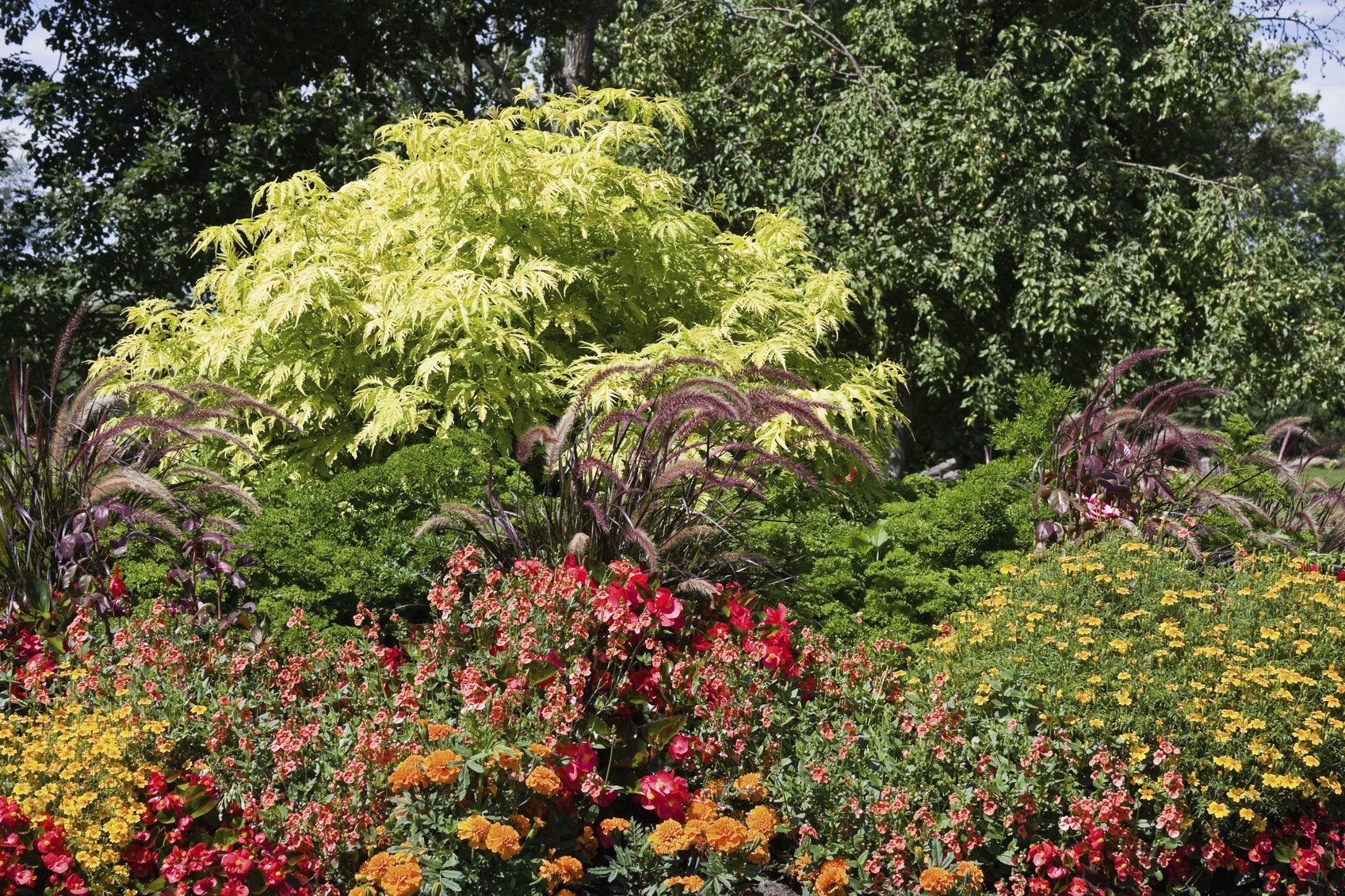 Elderberry Plant Companions – Tips On Planting With Elderberries
Elderberry Plant Companions – Tips On Planting With ElderberriesGardeners love elderberries because they attract pollinators, like butterflies and bees, and provide food for wildlife. These shrubs can be planted alone but look best with elderberry plant companions. What to plant with elderberries? This article will help.
By Teo Spengler
-
 Rooting Elderberry Cuttings: How To Propagate Elderberry Cuttings
Rooting Elderberry Cuttings: How To Propagate Elderberry CuttingsElderberries are woody plants, thus starting elderberry from cuttings is a simple and common method of elderberry propagation. How to propagate elderberry cuttings and when is the best time to take elderberry cuttings? Learn more here.
By Amy Grant
-
 Elderberry Bush Varieties: Different Types Of Elderberry Plants
Elderberry Bush Varieties: Different Types Of Elderberry PlantsElderberries are one of the easiest shrubs to grow. The shrubs are commonly found growing along the road, forest edges and abandoned fields. What types of elderberry plants are suited to your region? Find out in this article.
By Amy Grant